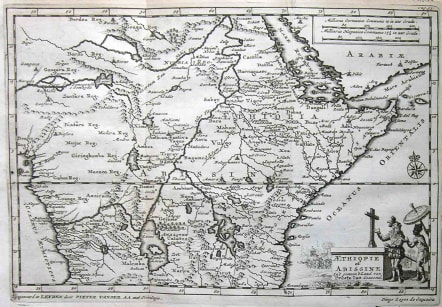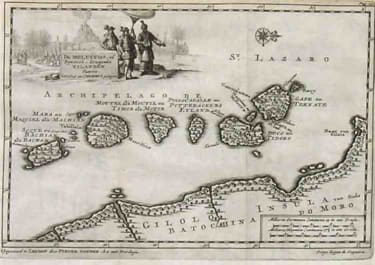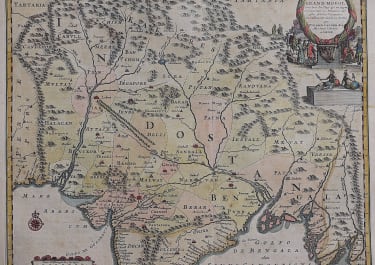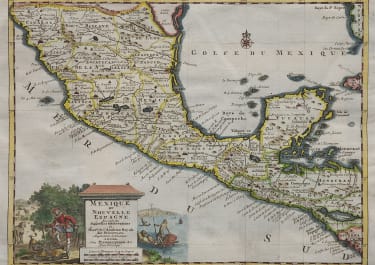
ETHIOPIA TO CONGO AETHIOPIE OF ABYSSINE
Sold
Uncommon map, which was used to illustrate the travels of Diego Lopez De Sequeira of Portugal, to illustrate the Portugese travels in the region in search of Prester John between 1519 and 1520. In the early 18th Century, Vander Aa reproduced a number of rare manuscript and printed accounts of 16th Century Travel to America and included marvelous decorative maps, which were typically based upon contemporary cartographic information. Many of the earliest voyages of exploration which are impossibly rare to find in the original editions can be found in Vander Aa's works, which are now becoming increasing rare. Uncoloured as issued.Very good condition. SOLDcode : M2091
Cartographer : Pieter Van Der AA
Date : 90000: .1707 Leiden
Size : 16*23cms
availability : Sold
Price : Sold
Pieter Van Der Aa (1659-1733)
Van Der Aa was a prolific publisher, working in Leiden during the first three decades of the eighteenth century. Much of his output consisted of re-issues and re-engravings of map and view plates that he had acquired from earlier mapmakers. Little of his output was original, though that which is has a very distinct style, precisely and elegantly engraved, and is much sought-after today.
Perhaps his most remarkable publication was the elaborate Galerie Agreable Du Monde, issued in 1729, in 66 parts, bound into 27 volumes, which contained about 3,000 plates, apparently limited to 100 sets. Another of his extensive publications was the Cartes Des Itineraires Et Voyages Modernes, a collection of 28 volumes of travel accounts, illustrated with a series of small, but finely engraved maps, often with decorative pictorial title-pieces.
An interesting feature of Van Der Aa's method is that several of his atlases include maps printed within large, separately engraved, elaborately designed mock-frame borders, which were prepared with a blank centre so that individual maps could be over-printed on that area.
Despite the quantity and variety of Van Der Aa's publications they seem to have had only a limited circulation, and so are now scarce.




















